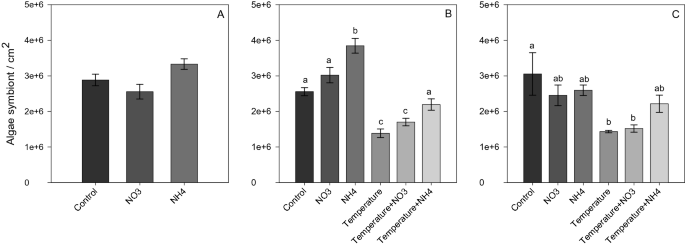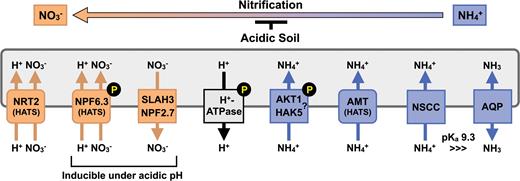Randy Holmes-Farley
Reef Chemist
View Badges
Staff member
Super Moderator
Excellence Award
Expert Contributor
Article Contributor
R2R Research
My Tank Thread
- Joined
- Sep 5, 2014
- Messages
- 67,311
- Reaction score
- 63,658
Cool! Thank you for the correction about ammonia binders and the update on the science.
I wonder if that company ever considered that ammonia is a big issue in cell culture as well. The cell culture market is absolutely huge, especially with the newer vaccine manufacturing procedures.
It's not nearly as effective in seawater as in fresh, but clinoptilolite is the traditional zeolite known to bind some ammonia from seawater:





















